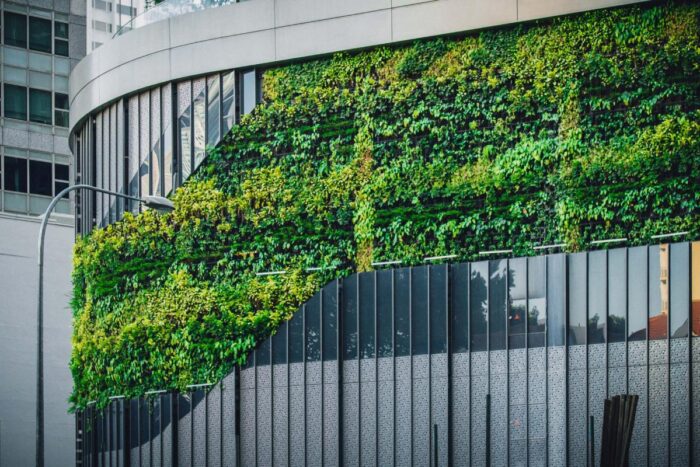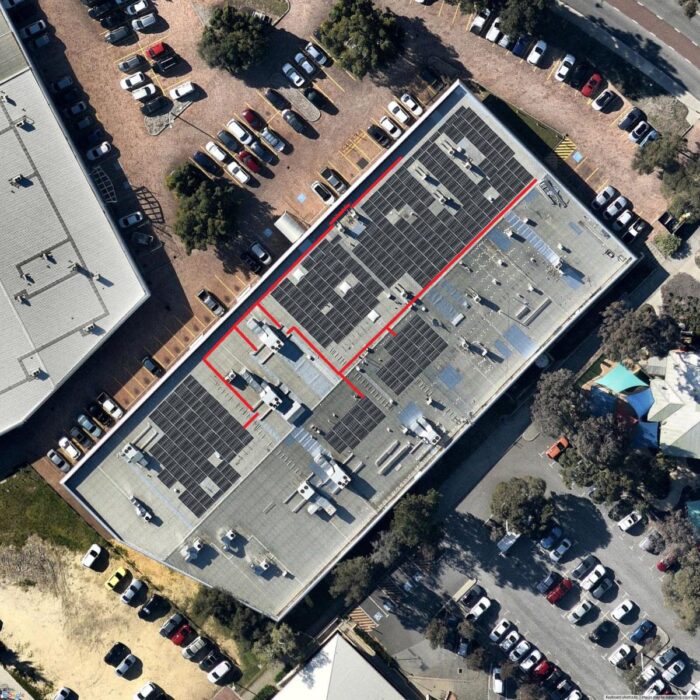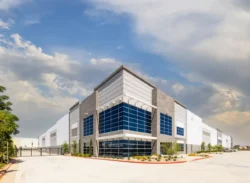How landlords can bolster their green credentials in 2023
Published
December 14, 2022
Published
December 14, 2022

Relevance. It’s what us commercial property investors think of whenever we look for a new property. And there’s nothing more relevant (or, arguably, as important) today than improving our properties’ relationship with the environment. That’s why green credentials will matter more to landlords in 2023 than ever before.
Sustainable practices, reduced carbon footprints and a better understanding of how to bolster building efficiency… These are the pillars for sustainability success in 2023, particularly in the white-collar sector. Office tenancies consume around half of the energy used in a typical building, but that doesn’t need to be the case. Green buildings use 66 per cent less electricity and 51 per cent water than the average Australian building.
If you haven’t heard of the term green credentials, let’s get you affiliated.
What are green credentials?

Also referred to as sustainability credentials, green credentials can be defined as the qualities that show a business, organisation or building has considered the importance of the environment.
This includes anything from a landlord’s initiatives to reduce their building’s carbon emissions (i.e. by installing solar to the premises) to a tenant creating an environmental policy for their employees to follow. The benefits of solid green credentials are immense, and include bettering the environment, strengthening your tenants’ bottom line and even enhancing your tenants’ employee productivity.
Accreditation and certification programs have been created to formally reflect an organisation’s standards, and these aren’t just pieces of paper that slip into an office drawer with as much sentimental value as a participation award. These are certifications that actually impact both the worth of a building and the perception potential tenants have of that premises (as well as its landlord).
With it more obvious that our collective efforts can strengthen the environment’s health, all eyes are on landlords – whose buildings account for 36 per cent of global energy use – to curb their contribution to global warming and climate change.
NABERS rating for office buildings

One of the most common benchmarks used in Australia’s property industry to reflect a building’s green credentials is a NABERS Rating.
The National Australian Built Environment Rating System, better known as NABERS, measures a building’s ability to operate as energy efficient as possible.
The scale is from zero to six stars – poor to market-leading – with a six-star rating reflecting half the greenhouse gas emissions of a building with a five-star rating.
NABERS measures several areas before giving its rating:
- Energy efficiency
- Water consumption and usage
- Waste management
- Indoor environment quality (i.e. air quality, natural sunlight)
- Overall impact on the environment
This government initiative has become the benchmark of office buildings in Australia, and you’ll scarcely see a leasing advertisement for a high-quality office premises without the mention of a NABERS rating. (And if you don’t, it’s possibly because the rating is poor.)
NABERS vs Green Star rating
Just to highlight the emphasis our society is placing on environmentally friendly buildings, there is a second and likely just as crucial rating to measure a building’s energy efficiency.
The Green Building Council of Australia’s Green Star rating has been designed to help office landlords and tenants to better design their office fitouts in a sustainable fashion.

The rating is used as a benchmark to promote buildings that don’t only use less power, but also allow the occupants to better manage and monitor their energy usage.
The Green Star rating doesn’t replace the NABERS rating, the latter of which relates to a building’s overall contribution (or lack thereof) to greenhouse emissions. But it does highlight the importance of an office space’s layout when considering the environment.
How to bolster your property’s green credentials
You’re an office landlord with a mediocre NABERS rating, and you’re missing a few green credentials that would otherwise land you a high-quality tenant.
Don’t despair. There are still ways to improve your property’s green credentials:
Solar
One of the most proficient ways of reducing your energy consumption (and your tenant’s energy bill) is by installing solar panels to the roof of your building.

In 2023, we’re installing 200KW of solar panels on our asset in Mirrabooka WA. The panels will produce about 210,000kWh (kilowatt hours) each year – enough to power 15 homes. It’ll also save our tenant about $60,000 per year in energy costs.
Tenants
The attraction of high-quality tenants, whose practices align with an energy efficient workplace could work in your favour. Tenants are the lifeblood of every commercial property, and that goes for your NABERS rating, too. You may have all the fanciest automated light monitoring systems in place, but they’re no use if your tenant can’t be bothered using them. The occupant needs to be on board with bolstering your property’s green credentials. Consider replacing them if not.
Green fitout
If your green credentials are poor, then starting from scratch mightn’t be the worst decision.
These days, there are plenty of interior designers and builders providing eco-friendly office fitouts. Sure, they may cost you a pretty penny; it’s a brand-new fitout, after all. But at least with a sustainable design and using energy efficient practices, your or your tenant’s bottom line will likely strengthen thanks to the reduced need for energy consumption.
Relevance shouldn’t only be about business and investment decisions. Relevance should be about the greater good. Get your building’s green credentials in order if you want to do right by your tenants and the environment.






